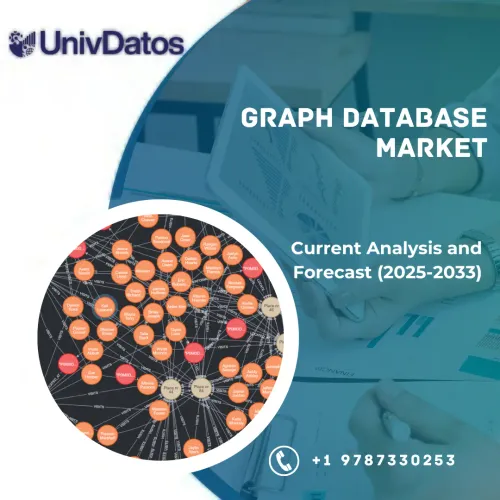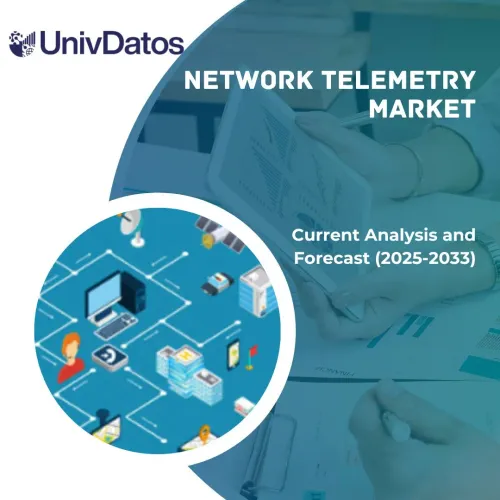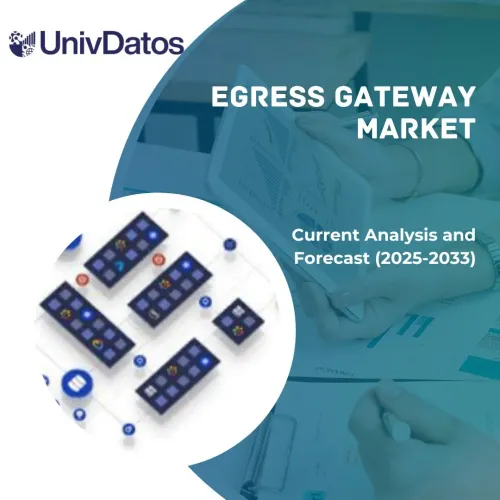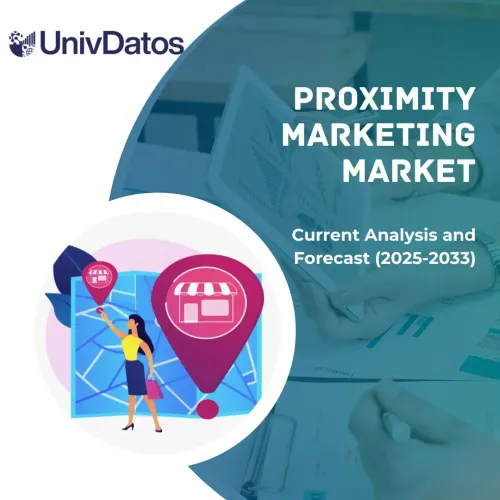- Home
- About Us
- Industry
- Services
- Reading
- Contact Us
Graph Database Market: Current Analysis and Forecast (2025-2033)
Emphasis on Database Type (Property Graphs and RDF Graphs); Application (Fraud Detection and Risk Management, Customer Analytics, Recommendation Engine, Privacy and Risk Compliance, Knowledge Graphs, and Others); Industry Vertical (BFSI, Healthcare and Life Science, Retail and E-Commerce, IT and Telecom, Government and Public Sector, Transportation and Logistics, and Others); and Region/Country
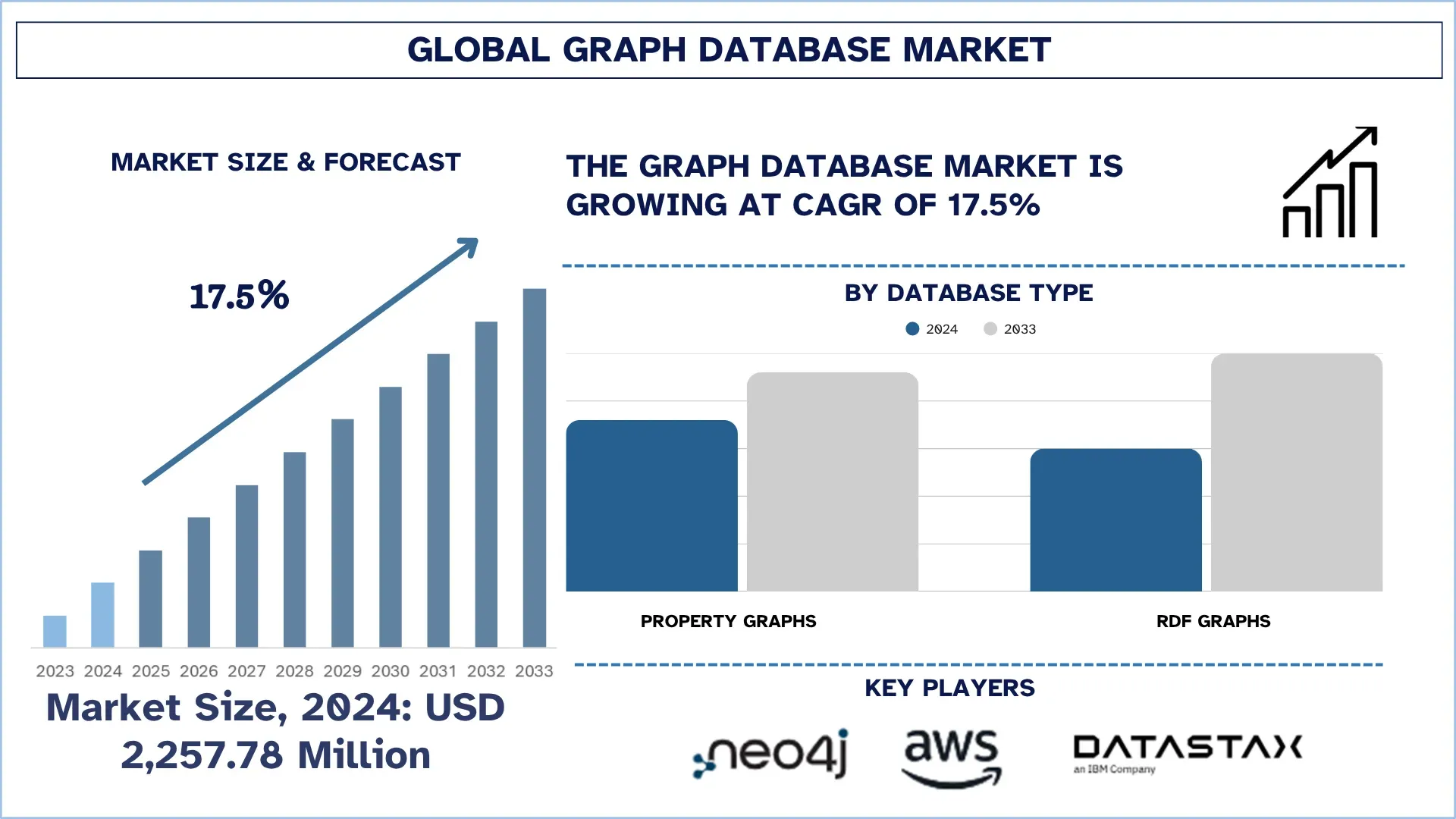
Global Graph Database Market Size & Forecast
The Global Graph Database Market was valued at USD 2,257.78 million in 2024 and is expected to grow at a strong CAGR of around 17.5% during the forecast period (2025-2033F), driven by the growing need for real-time data analysis and relationship mapping across complex datasets, enabling better decision-making in sectors like finance, healthcare, and e‑commerce.
Graph Database Market Analysis
A graph database uses graph structures to store data along with the data’s relationships. Common use cases include fraud prevention, Customer 360, Internet of Things (IoT) predictive maintenance, and recommendation engine. Graph databases utilize a data model that is as simple as a whiteboard drawing, consisting of vertices, edges, and properties, as described in data modelling.
The graph database sector is expanding significantly because of the increased demand to work with complex and highly interconnected data in real time across industries. Graph databases are more effective compared to traditional relational databases in identifying patterns, links, and knowledge effectively because of their high scalability and performance due to complex relationships. Demand is growing due to increasing use in fields like fraud detection, recommendation engines, supply chain optimization, and knowledge graphs.
Global Graph Database Market Trends
This section discusses the key market trends that are influencing the various segments of the global graph database market, as found by our team of research experts.
Increasing Adoption of Real-Time Graph Analytics for Dynamic Decision-Making
An emerging trend in the graph database market is the growing usage of real-time graph analytics to make dynamic decisions. With companies producing huge amounts of related data due to their social media, IoT, financial transactions, and digital platforms, the capability to analyze connections in real time is now essential. Graph analytics in real-time helps companies to identify fraud in real-time, personalize suggestions, streamline supply chains, and enhance cybersecurity protection. Graph databases, unlike traditional databases, are good at traversing complex relationships with low latency, enabling quicker insights. This will allow businesses to make smarter, context-driven decisions, compete better, and become agile in the fast-evolving digital ecosystem.
Graph Database Industry Segmentation
This section provides an analysis of the key trends in each segment of the global graph database market report, along with forecasts at the global, regional, and country levels for 2025-2033.
The Property Graphs Segment Dominates the Global Graph Database Market
Based on the database type category, the market is categorised into property graphs and RDF graphs. Among these, property graphs currently hold the largest market share due to their intuitive structure, flexibility, and ability to efficiently represent highly connected data for applications like fraud detection, recommendation engines, and customer analytics. However, the RDF graphs are expected to witness significant growth in the future because of their strong semantic features, adherence to W3C standards, and the further escalation of knowledge graphs, linked data, and sophisticated AI-driven applications that need interoperability and structured relationship mapping.
The Fraud Detection and Risk Management Segment Dominates the Global Graph Database Market.
Based on the application category, the market is categorized into fraud detection and risk management, customer analytics, recommendation engine, privacy and risk compliance, knowledge graphs, and others. Among these, the biggest market share is currently occupied by fraud detection and risk management, which is largely due to the intensive dependence of the BFSI industry on real-time graph analytics to detect suspicious trends, prevent financial offenses, and address regulatory risk management at the proper level. However, the recommendation engine segment is expected to grow fastest in the future, due to the increasing use of customized experiences in e-commerce, streaming services, and online services, where a dynamic relationship mapping can greatly boost customer interaction and competitiveness.
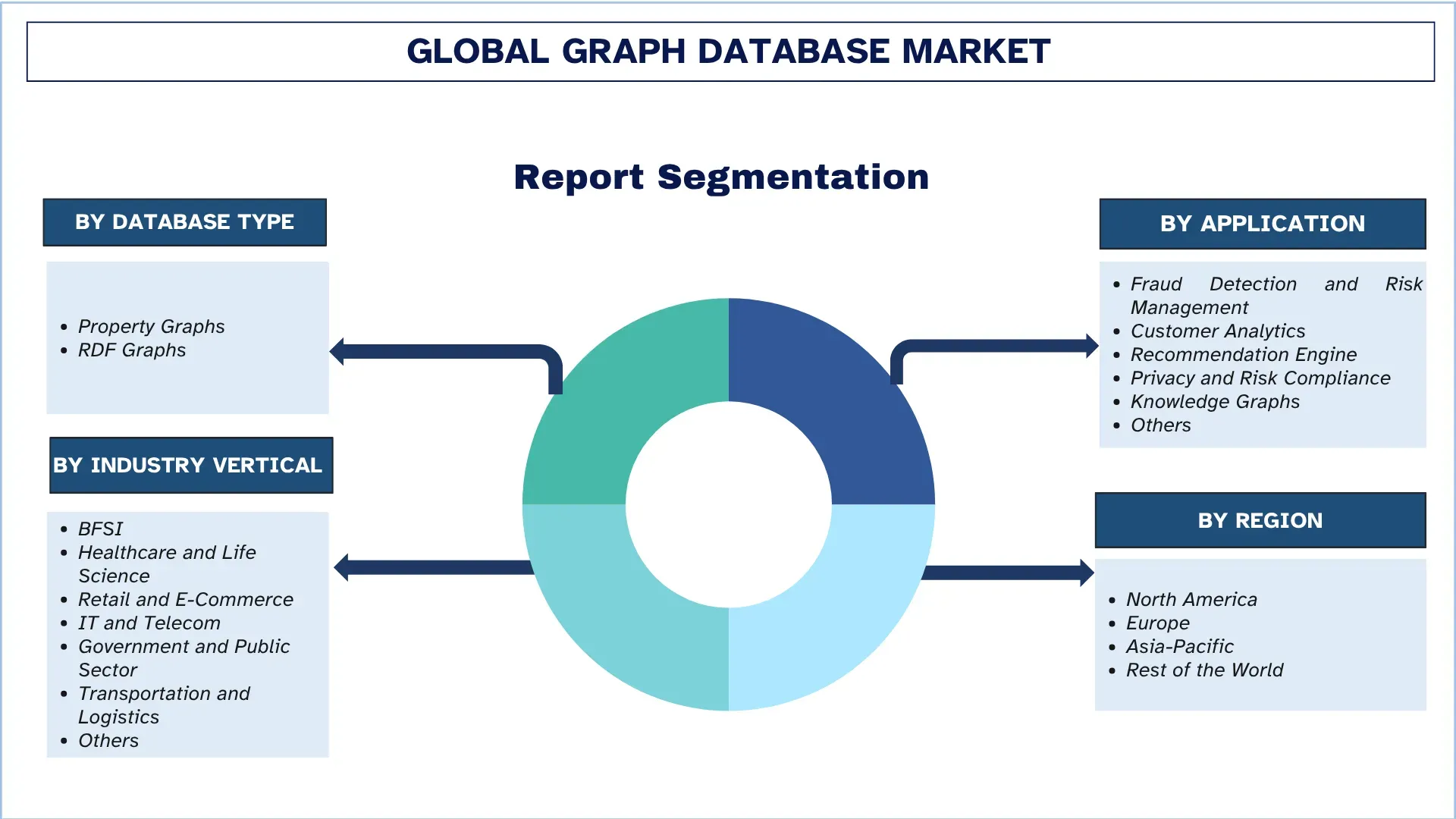
North America holds the largest market share in the global Graph Database market
The North America market dominated the global graph database market because it was the first to adopt sophisticated data management technologies, it had the top players in the market, including Neo4j, Microsoft, Oracle, and AWS, and invested heavily in research and development. The region has an established digital infrastructure and a strong quest for real-time analytics in various sectors, including finance, healthcare, retail, and government. Additionally, the growing adoption of AI, machine learning, and knowledge graphs has prompted businesses to utilize graph databases for detecting fraud, providing recommendations, and safeguarding against cybersecurity threats, thereby solidifying North America's dominance in the international market.
The United States held a Dominant share of the North America Graph Database Market in 2024
The US graph database market dominated the North America Graph Database market because of its robust technological ecosystem, a concentration of global database vendors, along with its investments in big data, AI, and cloud computing. Graph databases are widely adopted among the United States enterprises in the banking, healthcare, retail, and social media segments to analyze complex relationships with the aim of enhancing personalization and improving fraud detection. In addition, as the country has the best research institutions, strong venture capital funds, and government subsidies to digital innovation, the adoption of the graph database is faster. All these factors are driving the United States graph database market.
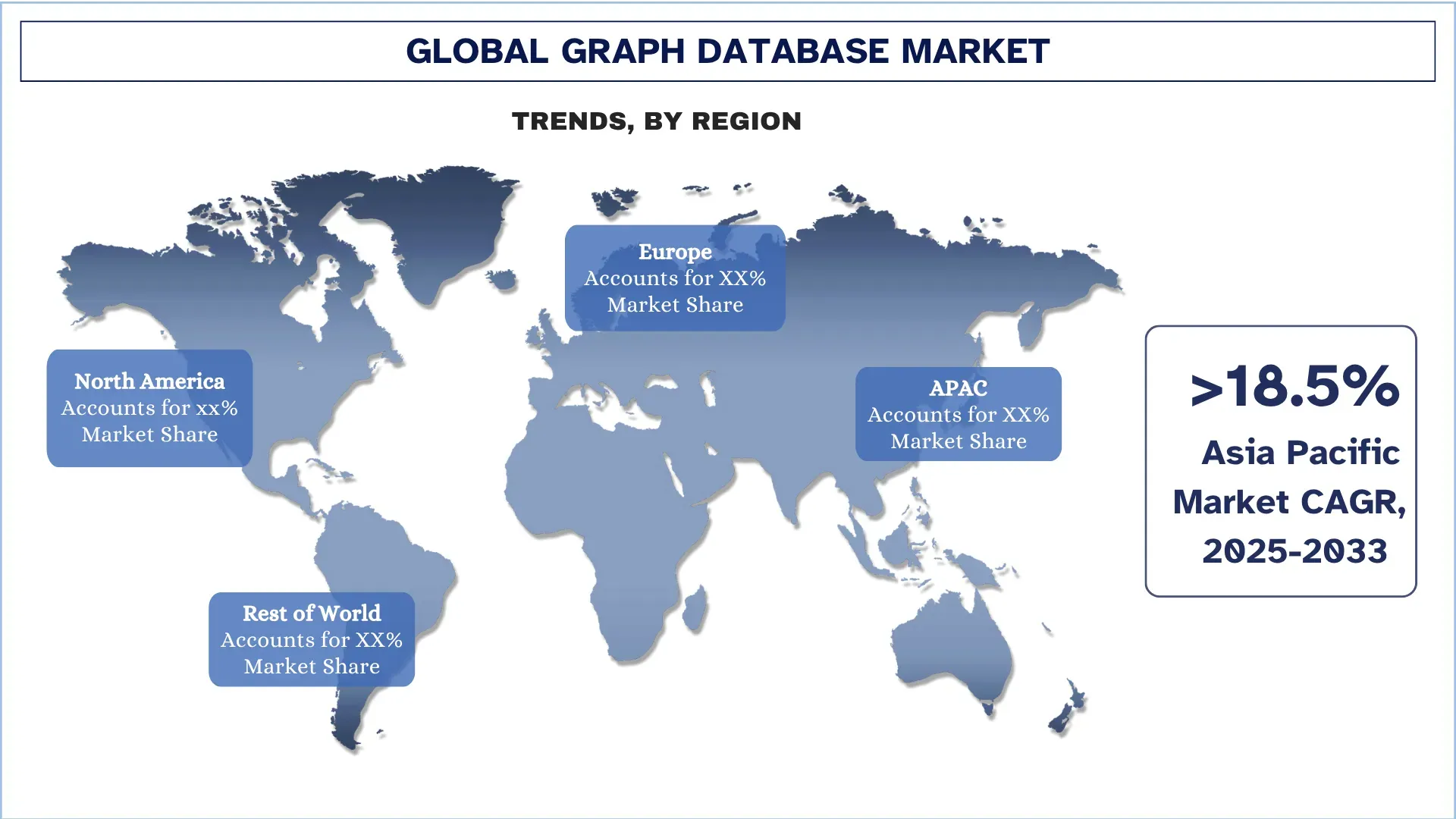
Graph Database Industry Competitive Landscape
The global graph database market is competitive, with several global and international market players. The key players are adopting different growth strategies to enhance their market presence, such as partnerships, agreements, collaborations, geographical expansions, and mergers and acquisitions.
Top Graph Database Market Companies
Some of the major players in the market are Neo4j, Inc., Amazon Web Services, Inc., DataStax (IBM Company), Franz Inc., Microsoft, Oracle Corporation, Stardog Union, TIBCO Software Inc.(Cloud Software Group), TigerGraph, Inc., and ArangoDB GmbH.
Recent Developments in the Graph Database Market
In October 2025, Amazon integrated its Neptune graph database with GraphStorm to enable scalable graph machine learning within latency-sensitive environments. This allowed developers to train graph neural network models and deploy them as real-time inference endpoints, directly querying Neptune for subgraph neighborhoods.
In July 2025, TigerGraph secured a strategic investment from Cuadrilla Capital to accelerate its enterprise AI infrastructure innovation. This investment was intended to advance TigerGraph’s capabilities in AI, hybrid graph analytics, and product development.
Global Graph Database Market Report Coverage
Report Attribute | Details |
Base year | 2024 |
Forecast period | 2025-2033 |
Growth momentum | Accelerate at a CAGR of 17.5% |
Market size 2024 | USD 2,257.78 million |
Regional analysis | North America, Europe, APAC, Rest of the World |
Major contributing region | The Asia-Pacific region is expected to dominate the market during the forecast period. |
Key countries covered | U.S., Canada, Germany, U.K., Spain, Italy, France, China, Japan, and India. |
Companies profiled | Neo4j, Inc., Amazon Web Services, Inc., DataStax (IBM Company), Franz Inc., Microsoft, Oracle Corporation, Stardog Union, TIBCO Software Inc.(Cloud Software Group), TigerGraph, Inc., and ArangoDB GmbH. |
Report Scope | Market Trends, Drivers, and Restraints; Revenue Estimation and Forecast; Segmentation Analysis; Demand and Supply Side Analysis; Competitive Landscape; Company Profiling |
Segments Covered | By Database Type, By Application, By Industry Vertical, and By Region/Country |
Reasons to Buy the Graph Database Market Report:
The study includes market sizing and forecasting analysis confirmed by authenticated key industry experts.
The report briefly reviews overall industry performance at a glance.
The report covers an in-depth analysis of prominent industry peers, primarily focusing on key business financials, type portfolios, expansion strategies, and recent developments.
Detailed examination of drivers, restraints, key trends, and opportunities prevailing in the industry.
The study comprehensively covers the market across different segments.
Deep dive regional level analysis of the industry.
Customization Options:
The global graph database market can further be customized as per the requirements or any other market segment. Besides this, UnivDatos understands that you may have your own business needs; hence, feel free to contact us to get a report that completely suits your requirements.
Table of Content
Research Methodology for the Global Graph Database Market Analysis (2023-2033)
We analyzed the historical market, estimated the current market, and forecasted the future market of the global graph database market to assess its application in major regions worldwide. We conducted exhaustive secondary research to gather historical market data and estimate the current market size. To validate these insights, we carefully reviewed numerous findings and assumptions. Additionally, we conducted in-depth primary interviews with industry experts across the graph database value chain. After validating market figures through these interviews, we used both top-down and bottom-up approaches to forecast the overall market size. We then employed market breakdown and data triangulation methods to estimate and analyze the market size of industry segments and sub-segments.
Market Engineering
We employed the data triangulation technique to finalize the overall market estimation and derive precise statistical numbers for each segment and sub-segment of the global graph database market. We split the data into several segments and sub-segments by analyzing various parameters and trends, including database type, application, industry vertical, and regions within the global graph database market.
The Main Objective of the Global Graph Database Market Study
The study identifies current and future trends in the global graph database market, providing strategic insights for investors. It highlights regional market attractiveness, enabling industry participants to tap into untapped markets and gain a first-mover advantage. Other quantitative goals of the studies include:
Market Size Analysis: Assess the current and forecast market size of the global graph database market and its segments in terms of value (USD).
Graph Database Market Segmentation: Segments in the study include areas of database type, application, industry vertical, and region.
Regulatory Framework & Value Chain Analysis: Examine the regulatory framework, value chain, customer behavior, and competitive landscape of the graph database industry.
Regional Analysis: Conduct a detailed regional analysis for key areas such as Asia Pacific, Europe, North America, and the Rest of the World.
Company Profiles & Growth Strategies: Company profiles of the graph database market and the growth strategies adopted by the market players to sustain the fast-growing market.
Frequently Asked Questions FAQs
Q1: What is the global graph database market’s current market size and growth potential?
As of 2024, the global graph database market is valued at USD 2,257.78 million. The market is expected to witness steady growth, reaching new heights with a CAGR of 17.5% from 2025 to 2033. Driven by the growing demand for real-time analytics and connected data solutions.
Q2: Which segment has the largest share of the global graph database market by database type category?
By database type, the property graphs segment dominates the global graph database market, owing to its intuitive data modeling, scalability, and widespread adoption in fraud detection, recommendation systems, and customer analytics.
Q3: What are the driving factors for the growth of the global graph database market?
Top growth drivers of the graph database market include:
• Increasing need for real-time analysis of complex and connected data.
• Growing adoption of AI, machine learning, and knowledge graphs.
• Rising demand for fraud detection, recommendation engines, and network analytics.
Q4: What are the emerging technologies and trends in the global graph database market?
Emerging trends in the graph database market include:
• Shift toward cloud-based and as-a-service graph database offerings.
• Increasing adoption of real-time graph analytics for dynamic decision-making.
Q5: What are the key challenges in the global graph database market?
Key challenges in the graph database market include:
• High implementation and maintenance cost
• Shortage of skilled professionals and developers.
Q6: Which region dominates the global graph database market?
North America currently dominates the global graph database market, supported by strong adoption in the BFSI, healthcare, and e-commerce sectors, alongside significant investments in AI, big data, and advanced analytics infrastructure.
Q7: Who are the key competitors in the global graph database market?
Top players in the graph database industry include:
• Neo4j, Inc.
• Amazon Web Services, Inc.
• DataStax (IBM Company)
• Franz Inc.
• Microsoft
• Oracle Corporation
• Stardog Union
• TIBCO Software Inc.(Cloud Software Group)
• TigerGraph, Inc.
• ArangoDB GmbH
Q8: Which industries are creating the highest demand for graph databases?
Industries such as BFSI, healthcare & life sciences, retail & e-commerce, and IT & telecom are driving the highest demand. Their need for fraud detection, personalized recommendations, and real-time relationship mapping makes graph databases critical for operational efficiency and innovation.
Q9: What investment opportunities does the graph database market offer for businesses and investors?
The graph database market presents lucrative investment opportunities through the rapid adoption of real-time analytics, AI-driven applications, and cloud-based services. Investors and businesses can capitalize on expanding applications in finance, healthcare, cybersecurity, and e-commerce, where graph databases are becoming essential for data-driven decision-making and digital transformation.
Related Reports
Customers who bought this item also bought



